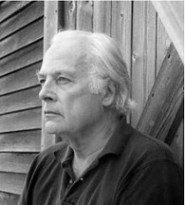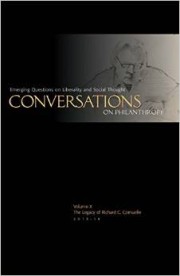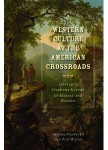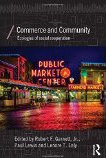What Kind of Problem a City Is
In her work the Life and Death of Great American Cities, Jane Jacobs details the complex, dramatic patterns of urban life. City problems are problems of organized complexity, that is, problems at the intersection of a multitude of factors that interplay off one another. This series of articles explores different angles of the city problem—taking history, social ecologies, and spontaneous orders into account.
A Metropolitan World
From Aeon
By Michael Goebel
Goebel laments the absence of historians in helping us make sense of urbanization. An ahistorical perspective in urban studies has left blind spots in our understanding of cities and, by extension, in urban planning. As products of history, cities should be contextualized according to their development and place in time. With a majority of the world’s population now living in cities and the influence cities have on society at large, Goebel makes a call for historians to step up to provide greater depth of understanding of our global urban present.
A Long History of a Short Block
By William Easterly, Laura Freschi, and Steve Pennings
Easterly et al take an in depth look at a single block stretch of Greene street in lower Manhattan’s Soho neighborhood. Although the street now houses one of the wealthiest neighborhoods in New York City, it has had a complicated, and colorful, 400-year history. From a brothel to a garment factory to a slum to an art gallery, the history of the block has been surprising and unpredictiable. The authors’ findings suggest that spontaneous forces at the micro-level play a larger role in development than we usually think.
Scientific Proof Cities are Like Nothing Else in Nature
From City Lab
By Emily Badger
Badger discusses Luis Bettencourt’s work on understanding scale in cities. Metaphors from machines to organisms have been used to explain cities, but Bettencourt suggests that the closest analogy we have in nature to a city is a star. Cities aren’t agglomerations of people as much as they are agglomerations of the connections between people, and they tend to become more productive as they grow. In this way, cities are social reactors that function like both stars and networks. Cities, though, are unlike anything else that exists in nature.
Walking the City with Jane Jacobs
From Brain Pickings
By Maria Popova
Popova showcases a beautifully illustrated children’s book on the life and advocacy of Jane Jacobs. The book follows the tale of Jane’s fiery spirit as a child to her stance against Robert Moses’ plans to develop an expressway in Lower Manhattan. Her story represents an important chapter in urban planning that recognized the city as a very human complex ecosystem—from neighborhoods to manhole covers and utility grids.




